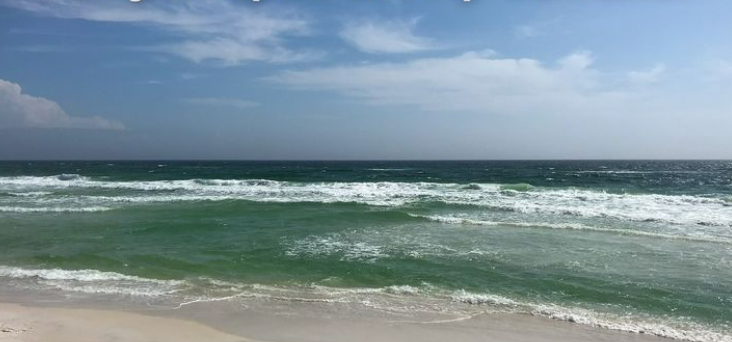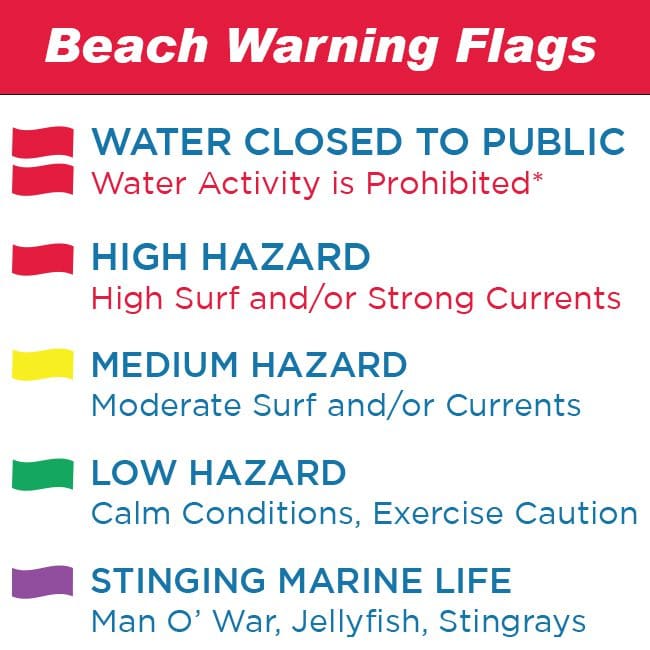By Mackenzie McClintock, SWFD Public Information Officer
As the weather warms up and many individuals head to the beach, South Walton Fire District (SWFD) wants to remind the community about the proper precautions to take to make summer safer.
SWFD’s firefighters and lifeguards experience a significant uptick in preventable medical incidents during the summer months. Many times, these events happen without warning and do not discriminate between individuals who are long-time Florida locals, or first-time visitors to the area.
“Anyone can fall victim to impacts of the Florida heat,” said SWFD Beach Safety Director David Vaughan. “When you combine that hot weather with dangerous surf, we start to experience incredibly busy and difficult days. Unfortunately, it doesn’t take long for a nice day at the beach to end in tragedy, and that’s what we’re trying to prevent.”
The Gulf of Mexico does have smaller surf compared to other beaches across the country, however, the waves are not the primary danger to swimmers. Instead, rip currents pose the most significant threat.
“Each year, it’s estimated rip currents are responsible for approximately 100 deaths in the United States,” Vaughan said. “These deaths are preventable. It starts with an understanding that any open body of water poses a threat to swimmers and demands your respect.”
Often incorrectly referred to as “riptides” or “undertow,” rip currents typically form due to a break in the sandbar, as well as near structures such as jetties and piers.
Rip Currents
A rip current’s size and speed can vary depending on the day’s conditions, but one thing remains the same: even elite swimmers can’t outlast the grip of the rip.
 “It’s the panic that kills people,” Vaughan said. “A swimmer realizes they aren’t making any progress toward shore and suddenly, they start to swim straight toward shore not realizing they are swimming against the current. This is a race that no one can win.”
“It’s the panic that kills people,” Vaughan said. “A swimmer realizes they aren’t making any progress toward shore and suddenly, they start to swim straight toward shore not realizing they are swimming against the current. This is a race that no one can win.”
Instead, SWFD lifeguards recommend a swimmer remains calm, relaxes their body, and allows themselves to float to conserve their energy. Then, they can wave back to shore or yell for help. Strong swimmers also can consider swimming parallel to shore to break out of the rip current.
“Rip currents often have a natural dispersion point where the current comes to an end and will essentially spit you out back into a section of breaking waves,” Vaughan said. “At this point, you may find yourself close to the sandbar on our beaches, where the water is shallow, and you are able to stand or rest.”
Some clues that rip currents may be present include:
- The color of the beach warning flags. Rip currents are more likely to be present on days of single red or double red flag conditions, however, they can also be present on a yellow flag day.
- Differences in water color. Rip currents are often darker in color than the water immediately surrounding them.
- Irregular water texture. Areas where waves are not breaking or appear disorganized can indicate the presence of a rip current.
- Debris and foam. A trail of marine debris or sea foam being pulled in a line out to sea can show the rip current’s pattern or trail.
 “The best defense to prevent a rip current-related drowning is to swim near a lifeguard,” Vaughan explained. “When an emergency happens, you must account for the time it will take for someone to call 911 and send help to your location. Our sole purpose is to keep people safe at the beach and the closer you can get to us, the quicker we can be there to help.”
“The best defense to prevent a rip current-related drowning is to swim near a lifeguard,” Vaughan explained. “When an emergency happens, you must account for the time it will take for someone to call 911 and send help to your location. Our sole purpose is to keep people safe at the beach and the closer you can get to us, the quicker we can be there to help.”
SWFD staffs 15 lifeguard towers across the 26 miles of South Walton’s coastline. For a better understanding of lifeguard tower locations, rip current safety, and daily beach condition updates, follow the South Walton Fire District on Facebook or Instagram, or visit www.swfd.org.
Anyone interested in joining SWFD’s team and serving the community as a beach lifeguard can email career@swfd.org to learn more about career opportunities.
The post Preparing for a Safe Summer at the Beach appeared first on South Walton Connections.


Be the first to comment on "Preparing for a Safe Summer at the Beach"